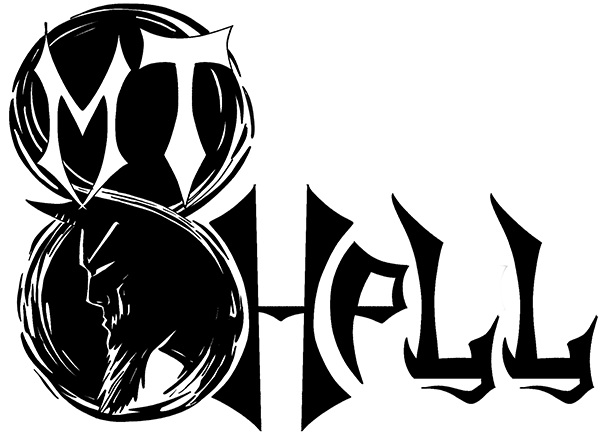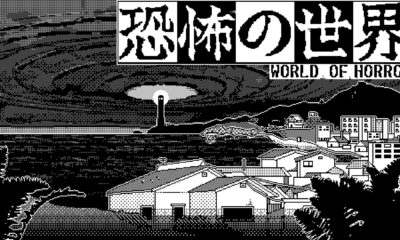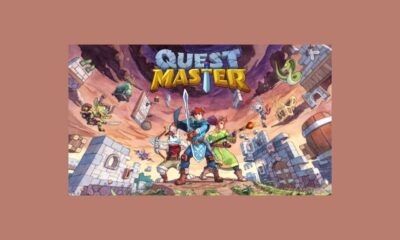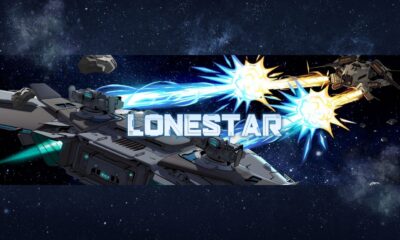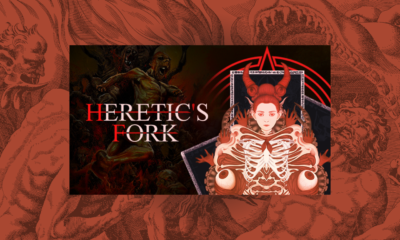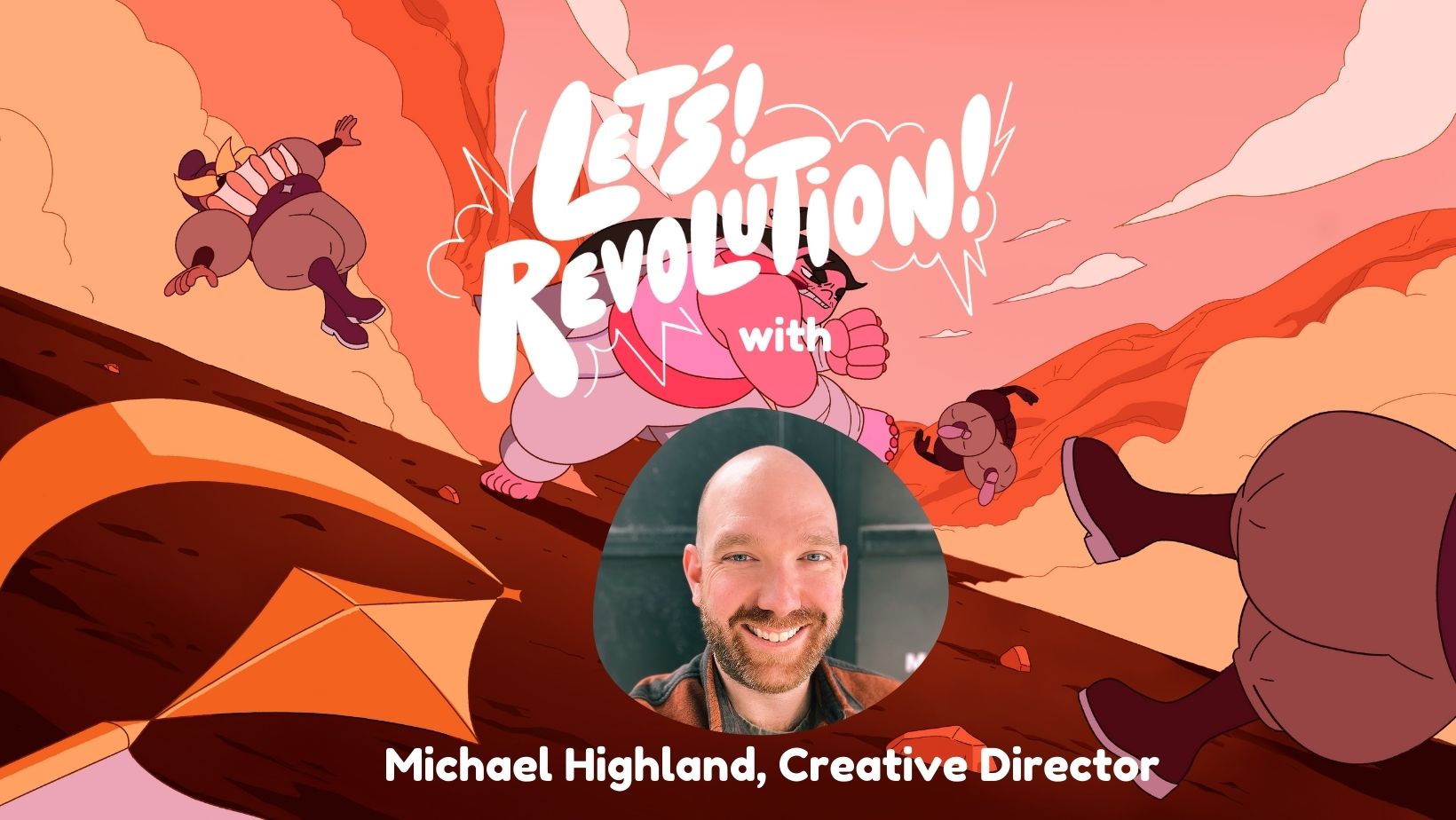
Interview with Creative Director Michael Highland: Let’s! Revolution! @ PAX
Another game I had the chance to play at PAX East was, Let’s! Revolution!, a Minesweeper-inspired roguelite puzzle game by animation (and now game) studio, BUCK. I talk more about the game itself in another post. Here, I wanted to highlight the conversation I had with Michael Highland, the Creative Director for Let’s! Revolution! and his journey through video game development.
How did you become involved in video game development?
I studied digital media design in college; this was before there were many programs dedicated to game development. After graduating, I self-published a mobile game called Hipster City Cycle with friends. Over the next few years, I slowly got more freelance work as a game designer, and eventually landed a full-time role at thatgamecompany working on the follow-up to their 2012 GOTY Journey. I worked my way up there and was eventually the Lead Designer on Sky: Children of the Light. Working at thatgamecompany opened a lot of doors professionally. I eventually wound up at BUCK, where I saw the opportunity to help establish a new game studio within a very vibrant existing creative culture.
What has been the most challenging aspect of the development process?
Each studio has its own unique issues based on the people involved. There are commonalities like the need to fight feature creep and building consensus around ideas early in the process when all you have is an abstract grey box prototype to react to. At BUCK the biggest challenge has been channeling the abundance of creative energy and talent into a shippable product. There’s a ton of enthusiasm for games within the company, and without clear product-centric goals (who is the target audience, what platform are we releasing on, what’s the marketing strategy), projects have the tendency to spiral out of scope. Another challenge has been building credibility with publishers. BUCK has an amazing pedigree for animation and design, maybe the best in the world, but when we initially pitched ideas to publishers, they all said the same thing: looks great, but until you’ve shipped a game, you’re too high-risk. That’s what led to us self-publishing Let’s! Revolution! Now that we have a well-reviewed game out in the wild, I feel confident we’ll have more luck with publishers.
BUCK primarily has its roots in animation, what led the decision to start branching into video game development?
It started with a general excitement about the medium and a desire among the staff to work on a game. Leadership at BUCK is all about providing the staff with exciting creative opportunities, and getting to work on a game, is, for some, a creative dream come true. And putting BUCK content out in the world is a point of pride and a boost to morale. From a business perspective, the fact we can staff out game projects with the top animation and design talent in the world is a huge advantage. We’re already starting to see new opportunities for the service side of the business based on the success of Let’s! Revolution!
The art, unsurprisingly, is delightful. What were some of the priorities during the character design process and how did those influence the final hero designs?
Our Art Director Emily Suvanvej really led the charge on the look of the game. There are obvious influences like Studio Ghibli, Moebius, and Steven Universe. My shared goal with Emily was to make something together that reflected the diversity of the team’s artistic and lived experiences. The artists put so much love into the character designs and animation, it really shows.
Some of the primary game mechanics take inspiration from Minesweeper, what was the process like to create your own interpretation of those classic mechanics?
This article goes into depth on this topic. The TLDR is that we took a very iterative approach, at each stage trying to identify what was working about the prototype and lean into that. The initial game concept came together relatively quickly in part because our goal for this project was just to finish a game. We just focused on what was good and kept building on it. I wouldn’t say the final game is “perfect” – but we wound up with a much bigger and higher quality experience than I expected by not letting perfectionism get in the way of making good better.
Is there anything else you would like to plug or that you think is important for people to know about Let’s! Revolution! or other upcoming projects?
The music and sound design for the game is stellar. We worked with a creative audio company called Antfood and they knocked it out of the park. The audio got an honorable mention from IGF, which I think is extra impressive because most of the other games were audio-centric titles with some unusual hook to the sound design. For the OST, Antfood reworked all of the music from the game into a continuous flow, like a concept album. It’s so good. I love working with them.
Gaming
Lovecraft Meets Junji Ito in WORLD OF HORROR
WORLD OF HORROR is a cosmic horror roguelite game developed by Paweł Koźmiński and published by Ysbryd Games.
WORLD OF HORROR is a cosmic horror roguelite game developed by Paweł Koźmiński and published by Ysbryd Games. The game is available on macOS, Windows, Nintendo Switch, PlayStation 4, and PlayStation 5. This review will cover the Steam (Windows) version of the game.
You must explore the strange goings on around Shiokawa, Japan. It appears that eldritch forces have influenced the town in incomprehensible ways. So, attempt to comprehend these forces and maintain your sanity to save the town. Plan your investigations, choose between cases, and fight for your life.
There are a few game modes but three difficulty spikes. The easiest is a specific case with some random events. This mode teaches you the basic mechanics of the game. The harder difficulties give you access to an apartment and choices on which case you investigate. Completing objectives earns you customization options for the customized mode.

What I Like About WORLD OF HORROR
Running on GameMaker Studios, the pixelated aesthetic shows influences from Lovecraft and Junji Ito, though the latter more so than the former. WORLD OF HORROR haunts its viewers with its aesthetic, allowing the pixels to evoke those horror legends.
Random generation remains a key feature of the game, with various options and choices giving a massive variety. Your character also has some limited customization to access perks and further development. I will bring up some weaknesses later, but it is surprisingly vast. Adding to this variety, WORLD OF HORROR provides mod accessibility.
The combat allows for a great deal of thought and planning. You select your character’s actions within an action bar and perform the tasks (or combos) to beat an opponent. This JRPG style provides variety in action that makes it engaging and unique.
The random generation and variety make each playthrough different. You might acquire a devastating katana in one playthrough only to bleed out unceremoniously in another.
While not a terrifying gaming experience, WORLD OF HORROR strives to provide an eerie and intense experience. At this, the game is a success. The weird and unnerving collide to invest the player in this strange world.

Tired Tropes and Triggers
Body horror deserves a mention, but the aesthetic and pixels doesn’t particularly evoke realism. Regardless, many designs evoke body horror.
Aside from this, here are some points of consideration. First, WORLD OF HORROR uses JRPG turn-based combat, which seems a point of division among some gamers. However, there are enough interesting mechanics and complexities beyond clicking an action and waiting your turn.
Second, WORLD OF HORROR isn’t a cult detective. You’re experiencing events and choosing how your character responds. Some sage wisdom I heard for WORLD OF HORROR is to focus on the whole campaign instead of a single case. Failing a case isn’t a game over, so prioritize your character’s longevity.
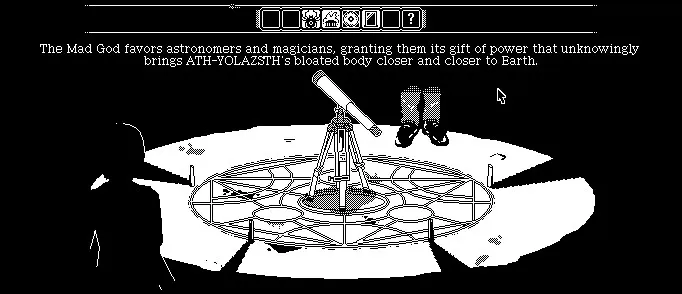
What I Dislike About WORLD OF HORROR
Only a few issues hindered my experience. Some scenarios replay on a single case, let alone a playthrough, which becomes repetitive. Some scenarios have multiple solutions to add variety or require perks to access new options, but that’s not always true. This issue makes the randomization taxing at times.
This next issue is likely a bug or an oversight. After losing my reason (sanity), I found myself still able to investigate despite the game claiming that means death. An unrelated event finished me off, but I can’t help but assume this is a bug.

Final Thoughts
WORLD OF HORROR has its quirks but earns massive replay value and surprising depth. It’s a unique and ambitious indie title worth the price. If Junji Ito’s style or cosmic horror is your particular brand of horror, WORLD OF HORROR delivers an experience you’ll likely enjoy. Though this combination synergizes well, few games combine these elements successfully.
Gaming
🎮 Eldritch Automata: Exclusive GenCon 2024 Reveal with Nick Francia!
Step into the mind-bending world of Eldritch Automata as we sit down with Game Designer Nick Francia at GenCon 2024!
Uncover the secrets behind this Lovecraftian mecha-masterpiece and get a glimpse of what’s to come.
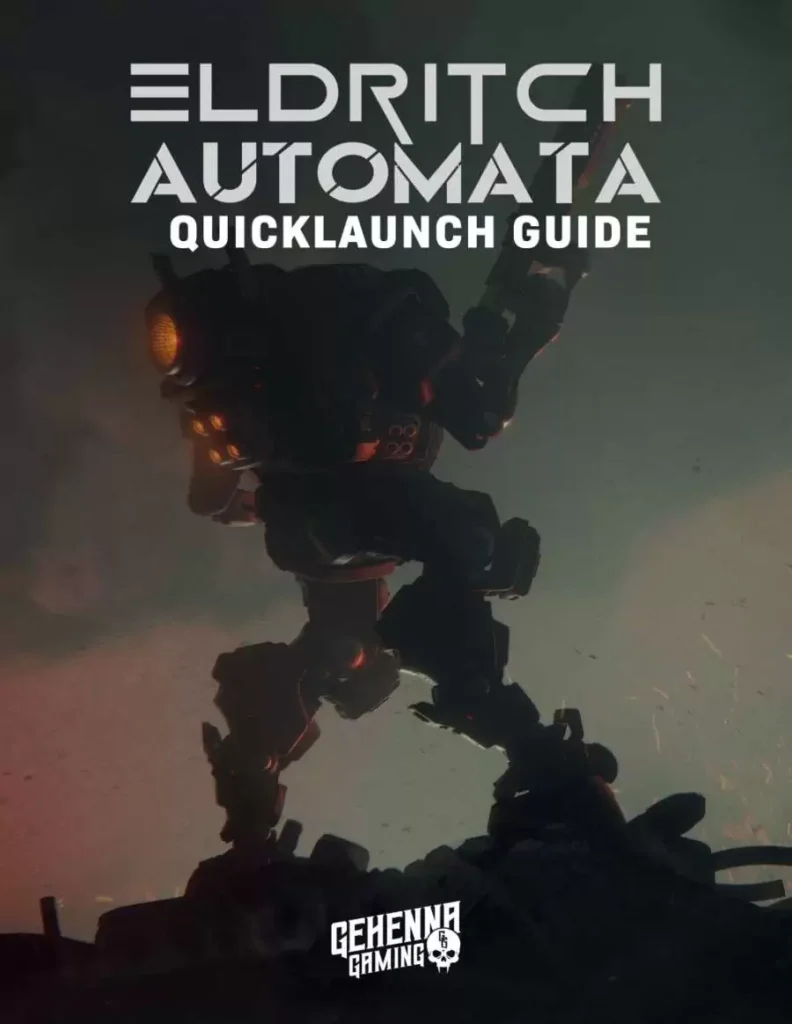
In this exclusive interview, Nick Francia shares:
• The intricate game development process • Inspirations behind the eerie Lovecraftian elements
• Unique mecha-infused gameplay mechanics Calling all Lovecraft fans! Dive into a world where eldritch horrors meet steam-powered marvels.
Eldritch Automata promises an unforgettable gaming experience that will keep you on the edge of your seat.
👉 Ready to embrace the madness? Check out our playable demo at a con near you! #EldritchAutomata #GenCon2024 #LovecraftianGaming #IndieGameDev
Gaming
🎬🎃 House of 1000 Corpses and Halloween II–GAMES!! 🎃🎬 Trick or Treat Studios
Prepare for a spine-chilling experience as Jim Phoenix delves into the shadows with Trick or Treat Studios at GenCon 2024!
In this exclusive interview, we uncover the terrifying secrets behind their latest bone-chilling creations: “House of 1000 Corpses” and “Halloween II” board games.

These games aren’t just about rolling dice – they’re about immersing yourself in the blood-curdling atmosphere of beloved horror films. With unique survival (and kill!) horror mechanics and cooperative gameplay, you’ll feel the terror coursing through your veins with every move!
But wait, there’s more! With the Kickstarter to House of 1000 Corpses shipping soon, we have an in-depth review coming up for that game, Halloween II–AND…Chucky. BOOMMM!!!

